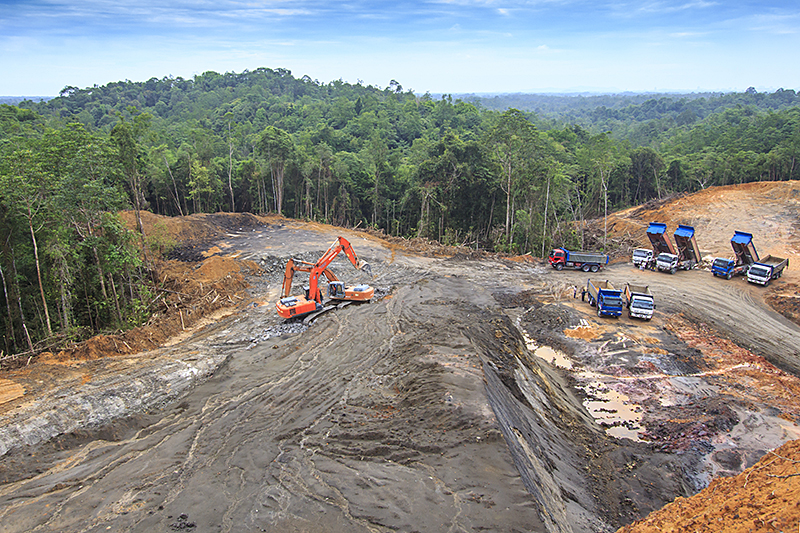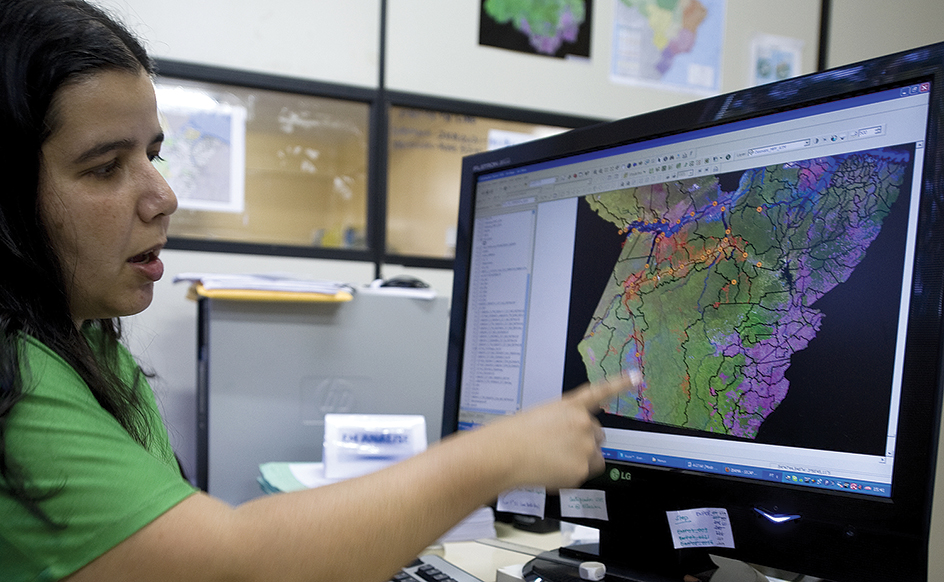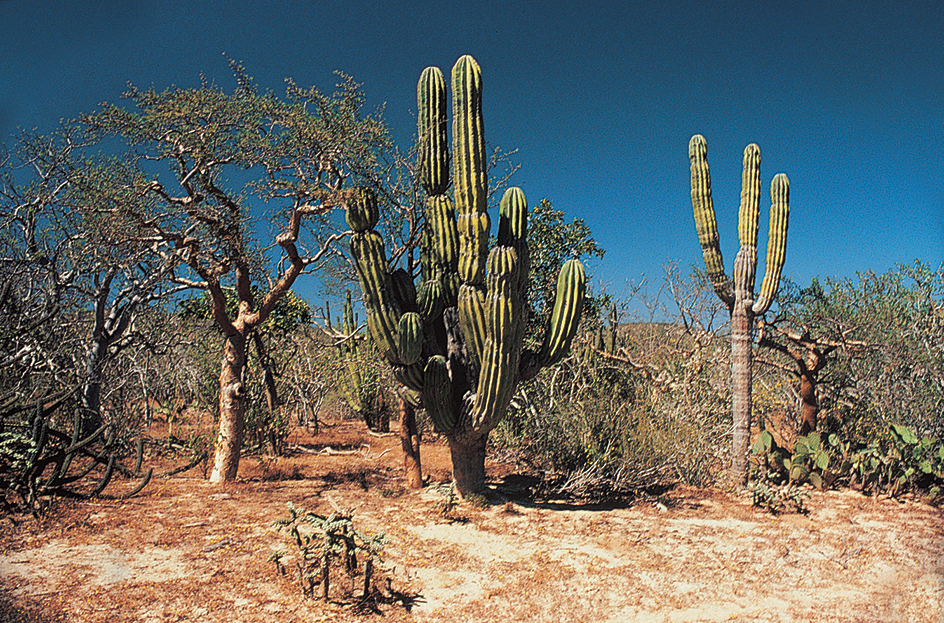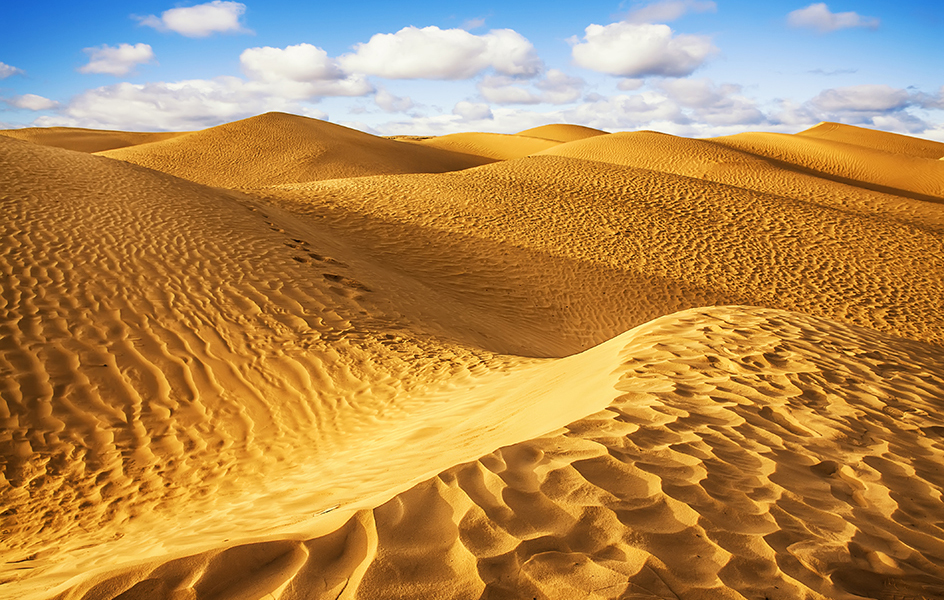Desertification is the loss of fertile land to desertlike conditions. Much desertification is the result of human activities. Such activities include unsustainable water use and farming techniques, deforestation, and human-caused climate change. Desertification generally results in a loss of productive land, land that can support life. For this reason, desertification is a major concern in conservation.
Desertification involves changes in land cover. Land cover is the physical material, such as plants, pavement, or bare earth, that covers Earth’s surface. Specifically, desertification often involves a loss of plant cover. Without plants to hold the soil in place, erosion may increase. Desertification also usually involves a loss of soil fertility and changes in rainfall. It often brings economic losses, especially in rural communities where the people depend on productive land to make a living.
The term desertification was coined in 1927 by the French forest scientist Louis Lavauden. Lavauden used the term to describe a reduction in land productivity in Tunisia. More recently, ecologists have used the word desertification to describe the deterioration of arid (dry) and semiarid (partly dry) landscapes, especially when caused by human activities.
People often destroy forest, grassland, and other natural ecosystems to clear new farmland or build homes and other buildings. Such destruction can contribute to desertification. Sometimes, the changes to an ecosystem cannot be reversed. Desertification can lead to the loss of important species of living things and other permanent damage. 
Scientists use artificial satellites in orbit around Earth to track desertification around the globe. The satellites take pictures that show how much of the land is covered with vegetation. Scientists can use these images to map the growth of deserts. Sensors on the satellites measure temperature and collect other information that helps scientists understand desertification patterns. 
The term desertification can be misleading. Many of the deserts that exist today formed millions of years before humans existed. A healthy desert ecosystem can often support a great variety of plants and wildlife. Many organisms rely on the desert to be able to live and thrive. Such natural desert is generally not the kind of desert that people are referring to when discussing desertification. 
Scientists and communities around the world are working to prevent and reverse desertification. In 2007, for example, the African Union began working to create a “Great Green Wall” of fertile land across the continent. The goal of the project is to restore fertile land and to prevent the further spread of the Sahara. People can help prevent desertification through sustainable use of the land. Farmers may limit the numbers of livestock they raise to avoid overgrazing. Governments can make laws to prevent the overharvesting of forest trees. 
